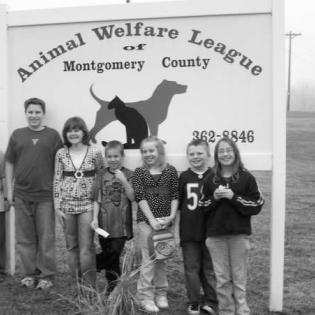Young people investigate the problems caused by plastic shopping bags, then propose solutions to address the problems. This lesson prompts teams to design a reusable shopping tote out of an old T-shirt using engineering, problem-solving, creativity, and communication. They take action...
Filter by subjects:
Filter by grades:
Filter by audience:
Filter by issue area:
Filter by content type:
Filter by resource type:
resource search
Youth Activity: Students add to their “philanthropic” vocabulary with an alphabet activity to gain a better understanding of the actions and deeds of philanthropy.
“Wisdom begins in wonder.” ~ Socrates
Many people have a difficult time distinguishing between acts of kindness and acts of philanthropy. Using the definition of philanthropy from the “Defining Philanthropy” lesson, youth will examine various situations and decide which ones are acts of philanthropy. They may discover...
Learners read about and discuss Fair Trade and how it relates to justice, fairness, and equity.
We are made by history. In this activity, youth read the stories of philanthropic African Americans and influential related events that made America what it is today. Then they create a virtual Pop-Up Museum as an advocacy service project in which they tell stories of Black history and philanthropy.
From history we know that working in community (not on our own) is the best way to make change. Young people explore the work of nonprofits related to equity and social justice.
This toolkit guides youth, educators, group leaders, families, and community groups as they investigate the issue of advocacy for animals and prepare to take action. Contents:
The conversation centers on bringing individuals together in community, as they learned from Dr. Martin Luther King, Jr. We each have individual strengths, and we are stronger together as we share our hopes for a world united in generosity for all. The children bind individual pages together...
As demonstrated in these folktales, even the smallest things, when shared, can be examples of philanthropy.
Learners define caring through discussion of examples and writing an acrostic.
